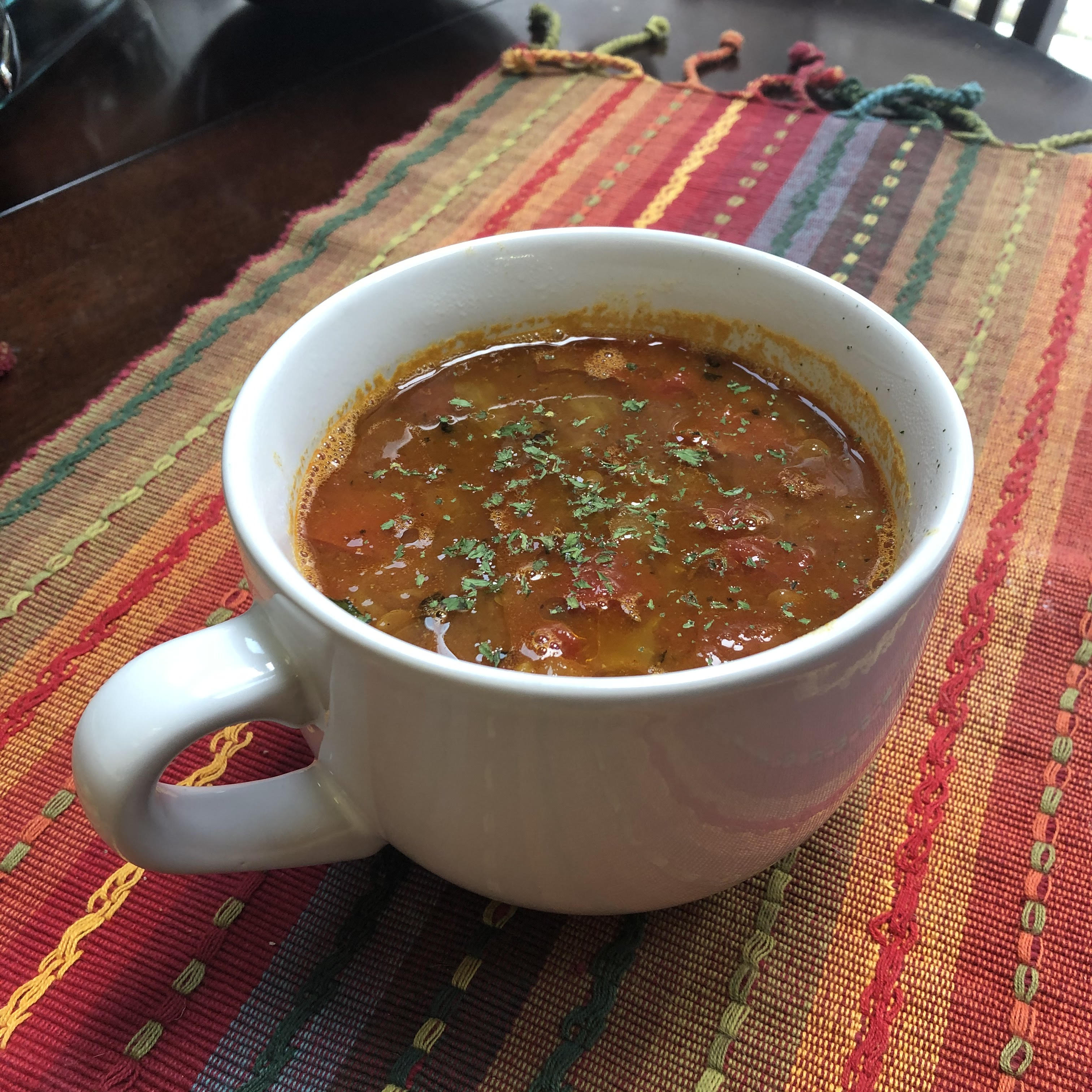Cooking in the time of coronavirus
Quarantine Cuisine
thought possible, and wistfully remembering the days where you didn’t have to cook every godforsaken meal for yourself. Some restaurants are still open for takeout, but most of the time, you’re going to have to deal with whatever you have in the pantry.
It’s a good idea to stock up on dried and canned goods during this time, so you go outdoors for food as little as possible. This guide will present some cooking tricks that have helped me during this pandemic. This is less of a recipe guide and more of a rough list of techniques that you can adapt to your specific circumstances.
And hey, maybe all your time spent cooking and baking will mean less time terror-watching CNN all day! Just me?
Pasta:
Cacio e Pepe
Pasta, at worst, requires a little skill to get right—at best, it requires barely any effort at all.
I have about four half-empty pasta boxes in my pantry, with not enough pasta to justify any effort in cooking them, but too much to just throw away. My favorite dish to get rid of these pasta scraps is Cacio e Pepe, Italian for cheese and pepper. The recipe is incredibly simple. It’s literally just cheese, pepper and olive oil.
Ingredients:
- Pasta of your choice—I used bucatini
- Olive oil
- Hard Italian cheese—parmesan, Asiago, pecorino, etc., substitute nutritional yeast if vegan
- Black pepper
All you have to do for this recipe is boil your pasta according to the directions for al dente, heat a pan with some olive oil, then toss the cooked pasta in the pan with your cheese and pepper. When you make your pasta sauce in the pan, drizzle in some of the water you cooked the pasta in. The pasta water is full of all the rich, creamy starch that makes your sauces smooth and emulsified. Otherwise, the fat in the cheese will break and you’ll get a runny, oily sauce, which no one likes.
Once you get bored of just cheese and pepper, mix it up. Throw some red pepper flakes in there for some spice; mix in some chopped up parsley and basil for an herby bite; add a squeeze of lemon juice for acidity to balance out the richness of the cheese and olive oil. The culinary world is your oyster. We all have some time at home to think about things, so why not experiment with your pasta?
Beans:
Slow Simmered Beans
My first reaction to hearing about the pandemic was to hyperventilate a little bit while I prepared to sit at home for three months. My second reaction was to buy a shit-ton of beans.
In my pantry right now are black beans, kidney beans, garbanzo beans, cannellini beans, adzuki beans, pinto beans, white beans, oh so many beans. I have so many cans and jars of dried beans that I’m pretty sure they weigh more than me. My pantry shelves creak from the weight of a week of bad decisions and panic buying. What am I going to do with all these beans? Oh god I bought so many beans, why did I buy so many, oh god.
Pick your favorite dried beans. Take a portion you can reasonably see yourself eating, and submerge it with cold water in a bowl. Leave that overnight, then drain off the water before putting the beans in a pot of clean water. Bring it to a boil, then turn the heat down to a simmer for a few hours, or until the beans are soft and cooked through. You know what the texture of a bean should be. Just taste them!
The secret to the perfect pot of beans comes from two ingredients: acid and sugar. Take a small amount of equal parts acid and sugar, and add it to your beans while they’re cooking. I’ve tried lemon juice and white sugar, rice vinegar and brown sugar and lime juice and molasses. You can get creative with what you have on hand. The interplay of sweet and sour will bring out the subtle flavors of the beans, while perking up the flavor so it’s not so boring.
Once your beans are done cooking, dress them up however you like and eat them. You could drizzle some sour cream and lemon juice on them over some brown rice, or cut up some tomatoes and make a chili bowl. This recipe is so simple because making a great pot of beans is simple. Once you’ve tried making them yourself, you’ll never go back to canned beans.
Lentils:
Lentil Soup
Dried or canned lentils are some of the most versatile, and more importantly, cheapest foods you could buy. If you have lentils in your pantry, you have a meal.
Ingredients:
- Lentils
- Stock/Bouillon
- Spices
- Tomato
- Onion
Cook half a diced onion in a saucepan in some oil until slightly brown on the edges. Add a can of tomatoes, or diced fresh tomatoes, if you have them, and some stock. Add your lentils and more broth to submerge them. Bring to a boil, then simmer until the lentils are done. You have lentil soup! This is one of the easiest meals I can think of, and I make it once or twice a week. Add whatever spices you feel like—I went for an Indian-inspired flavor profile this time, with turmeric, paprika and asafoetida. You can customize this however you like, so you have a unique meal every time.
This is obviously not an exhaustive list of everything you can cook with pantry food, but it should be a good start. During this time in quarantine, take the time to work on your cooking skills—it’s a fun, relaxing activity during this anxiety-inducing time, and your taste buds will thank you.






